Along the streets carefully paved with light stone from the nearby quarries, the discreet song of flowing water accompanies the journey.
Water is a constant presence in Sant'Andrea di Conza, a charming hilltop village overlooking the valley crossed by the Ofanto river. In the highest part of the hill on which the town began to form in the Lombard era, the Fonte flows, the most important of the springs that for centuries have fed the network of canals and fountains that crosses and characterizes the entire town down to the valley.
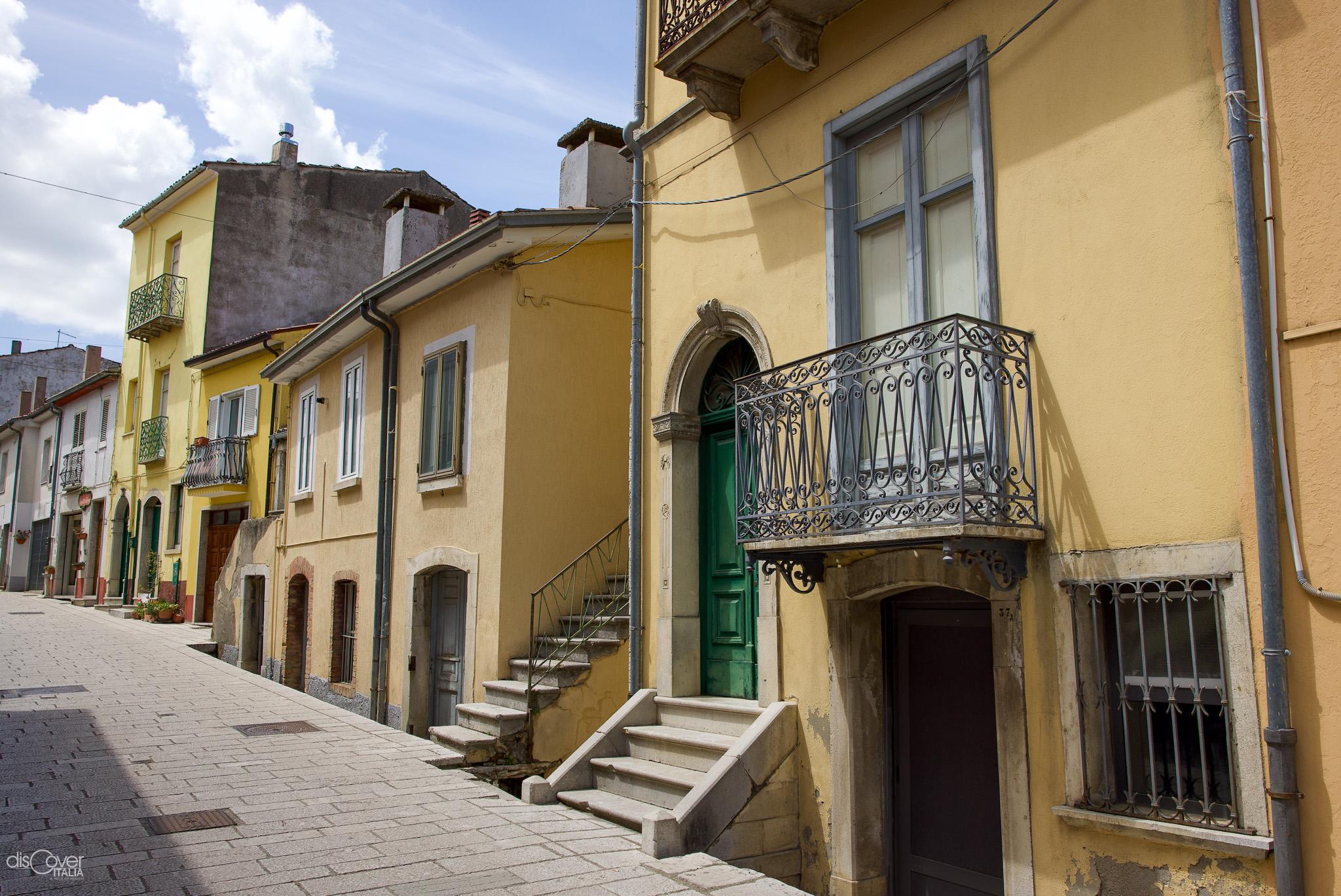 There, already in the 19th century, travelers found refreshment, drinking the fresh and pure water from the large stone fountain called the Pila, where even shepherds stopped to water their flocks. That was the first hospitable welcome that Sant'Andrea reserved for foreigners, a few steps from the oldest of the access gates to the village, the Porta or Arco della Terra from 1753, which still stands imposingly with its local stone structure. That Irpinian breccia of limestone origin with which the ancient town was built and which largely preserved it from the destructive effects of the 1980 earthquake.
There, already in the 19th century, travelers found refreshment, drinking the fresh and pure water from the large stone fountain called the Pila, where even shepherds stopped to water their flocks. That was the first hospitable welcome that Sant'Andrea reserved for foreigners, a few steps from the oldest of the access gates to the village, the Porta or Arco della Terra from 1753, which still stands imposingly with its local stone structure. That Irpinian breccia of limestone origin with which the ancient town was built and which largely preserved it from the destructive effects of the 1980 earthquake.
The original nucleus of the Sant'Andrea farmhouse dates back to the Middle Ages. The reference to the fisherman apostle, depicted in the coat of arms of the Municipality, is linked to the cult attributable to the settlement of groups of Bulgarians, encouraged by the new Lombard lords who had taken control of the territory wrested from Byzantine rule. But the first official document mentioning Sant'Andrea dates back to 1161, a deed of donation signed by the Norman count Gionata, who with the approval of his wife Stefania and his sons Riccardo and Goffredo granted total control of the hamlet of Sant'Andrea and jurisdiction over its inhabitants to the Archbishop's Mensa of Conza. Therefore, from then on Sant'Andrea became a fiefdom of the Church of nearby Conza, governed by the Bishops who succeeded one another over time. They also had the right to exercise civil and criminal jurisdiction, as well as ecclesiastical jurisdiction, together with full economic control. But not all bishops fully exercised these powers and in those periods Sant'Andrea was managed by lords of other nearby fiefdoms: the Del Balzos in the 14th century, the Gesualdos in the 15th century, the Ludovisis and the Mirellis in the 17th and 18th centuries.
The original deed of gift also included exemption from taxation for the Land of Sant'Andrea. A privilege that was confirmed later, both in the Angevin/Durazzo and Aragonese periods and by Emperor Charles V in 1536, in a phase in which control of the hamlet had returned fully to the Archbishop's Mensa, who maintained it until the abolition of feudalism in 1806. And it was again Archbishop Girolamo Muzzarelli who obtained confirmation of tax exemption for the University of Sant'Andrea from the Royal Chamber of Sommaria in 1560.
Meanwhile, the village had progressively expanded around the fortified palace, initially built to protect against the incursions of bandits and enemies, and then became an episcopal seat in the 13th century. Over time, the Episcopio,located on a spur of limestone rock in the highest part of the village, has undergone various reconstructions, expansions and transformations. The marble coats of arms remember the bishops of Conza who resided there over the centuries. In fact, starting from the 15th century, the Archdiocese of Conza degli Irpini extended to include the territories of the upper Ofanto valley and the upper Sele valley. And, consequently, the bishops began to live between the episcopal palace of Sant'Andrea, in the upper Ofanto valley, during the summer and the episcopal seat of Santomenna, in the upper Sele valley, during the winter, depending above all on the climate of the two locations. One of the Bishops, Gregorio De Luca, in order to protect the population of Sant'Andrea, hosted the fearsome Lucanian brigand Carmine Crocco for a period in the second half of the 19th century.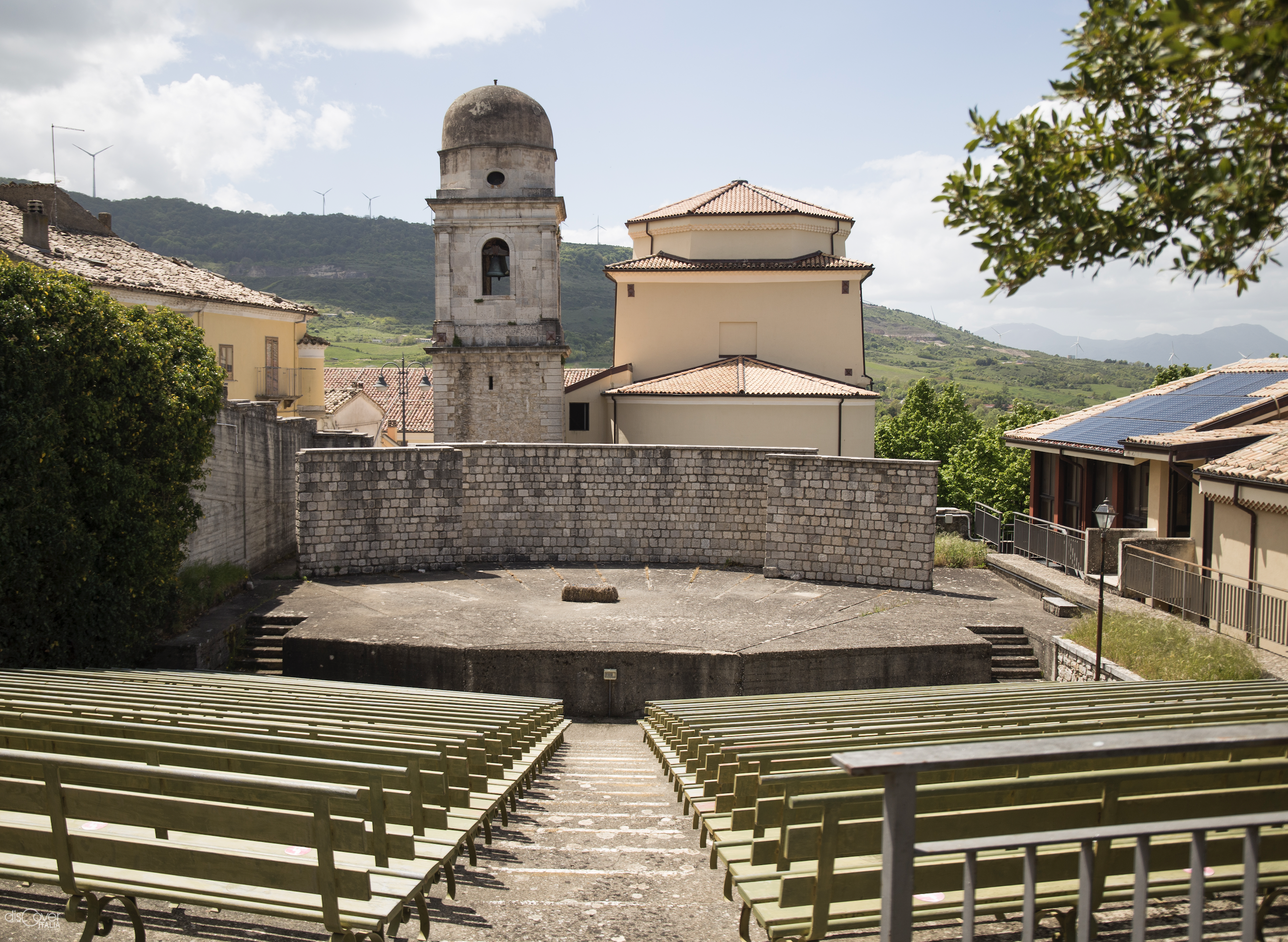
The main monument of Sant'Andrea, the Episcopio was embellished with important works, particularly between the 17th and 18th centuries. The splendid cascade fountain made of local stone is from the eighteenth century, fed by the water of the Fonte spring. That very pure water was used, upstream from the episcopal palace, for the 18th-century La Fonte mill, of which suggestive vestiges still remain to be visited just outside the village, and then continued its journey for the benefit of the other five mills that were active there. interior of the country. The Episcopio, from which you can enjoy a magnificent panorama of the surrounding valley and the nearby villages, also boasted a spectacular hanging garden, destroyed like other parts of the building by the earthquake of 1980. The building, where restoration work continues, is currently the seat of the Municipality.
The spring water flows in the canals that open between the characteristic streets of the village and feeds other fountains, in addition to that of the Episcopio upstream and the Pila downstream. In particular, the stone fountain in the central Piazza Umberto I, while the ancient Fontana del Sambuco is no longer active. And the large fountain where until a few decades ago the women of the town went every day to wash their clothes is not lacking in interest.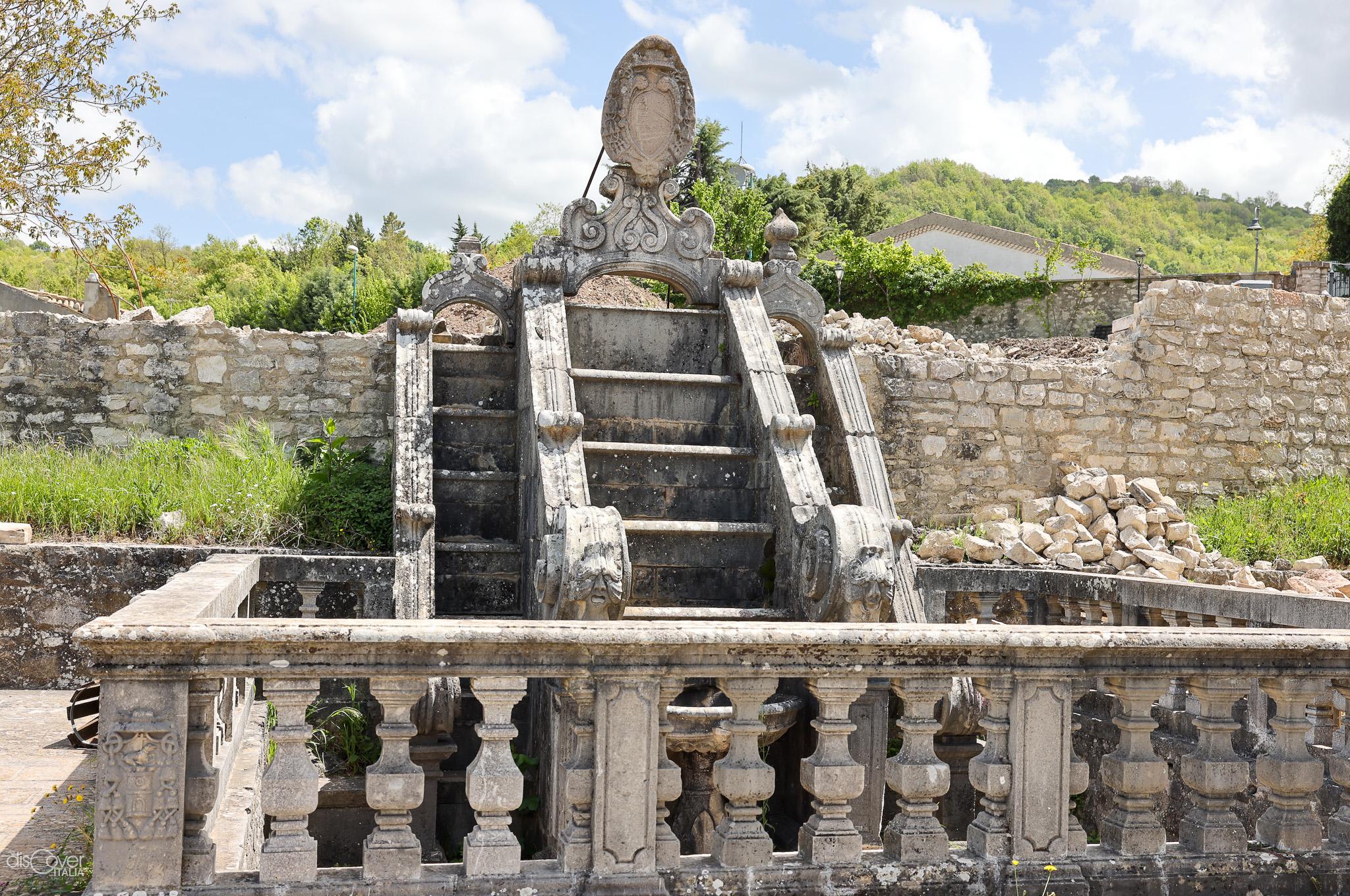
The other characteristic element of the town of Sant'Andrea, the light stone that is still quarried in its territory, is present everywhere: in the walls of the monuments, in the pavements of the streets, on the facades of the churches and on the portals of the houses. Generations of skilled Santandrean stonemasons have left valuable signs of their creativity, which unquestionably represents one of the attractions of the town. An ancient form of craftsmanship, together with that of iron, still kept alive by the craftsmen who, although much fewer than in the past, continue to practice it.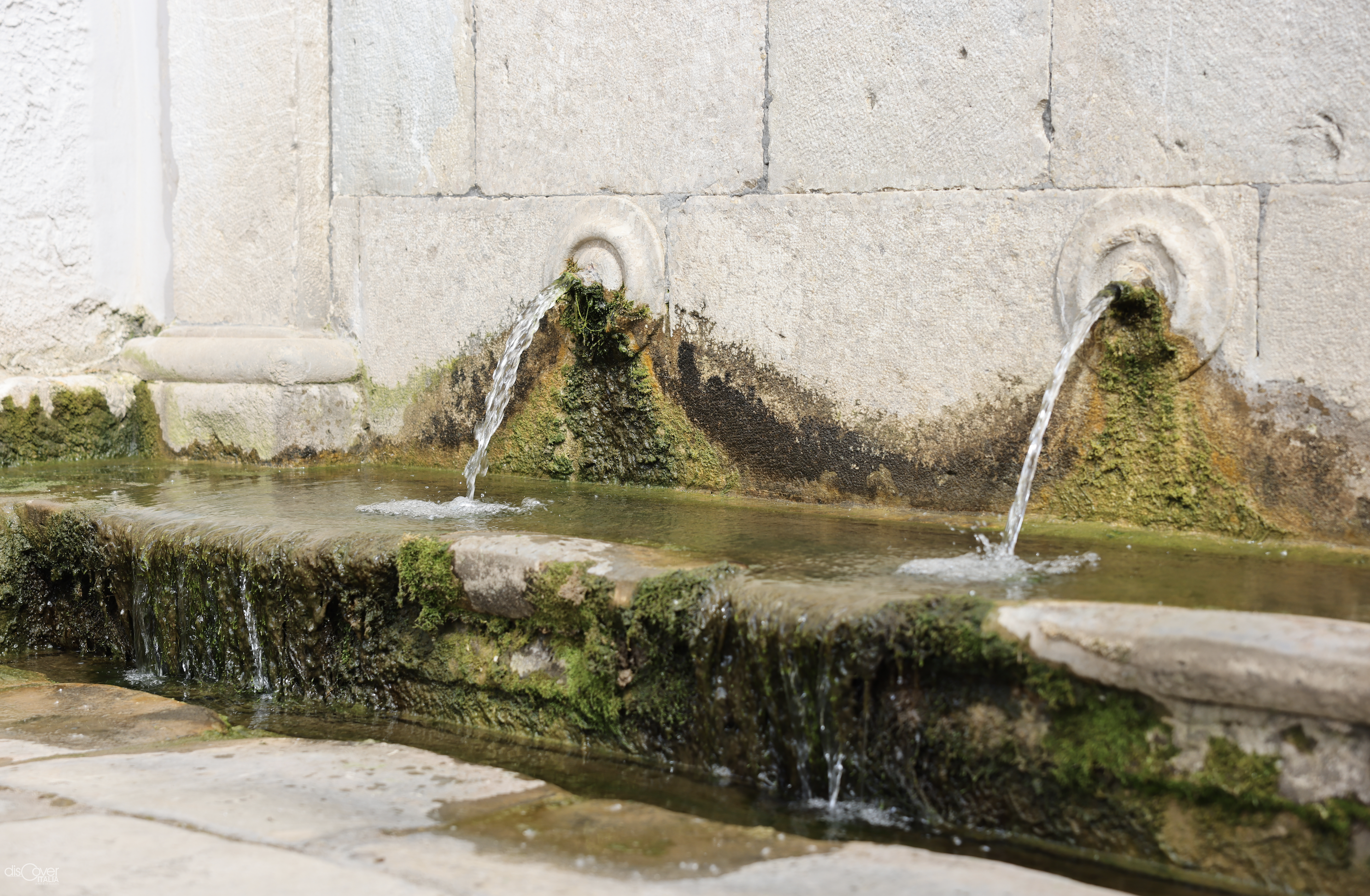
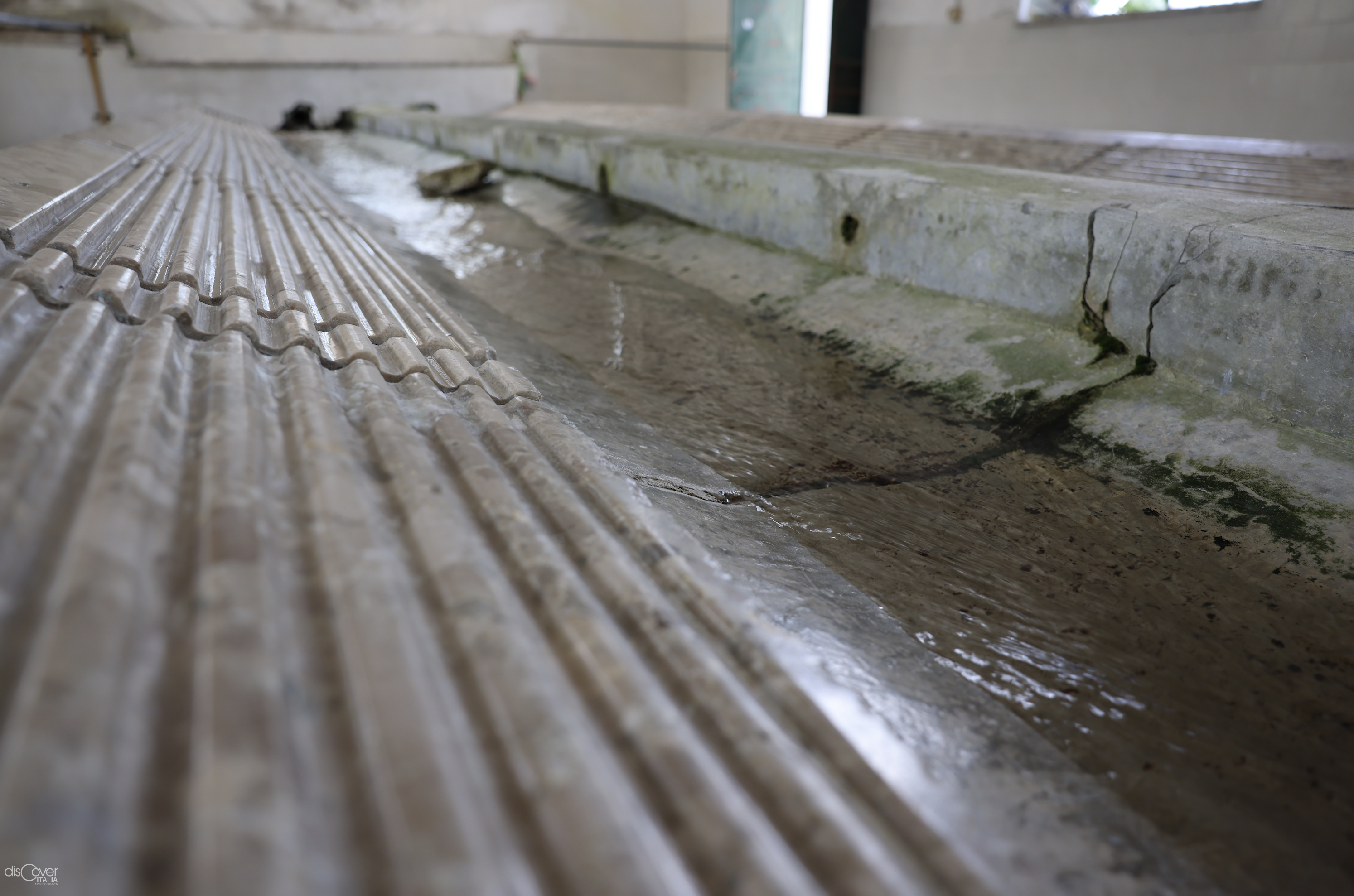
 The great post-earthquake restoration of the Mother church of St. Domenico did not save the oldest elements of the 13th-century structure, which had undergone various transformations over time, with the addition of the two side naves between the 17th and 18th centuries and the two large chapels, dedicated to Saint Andrew and Sant'Emidio, in the 19th century. Among the works of art that embellished the interior was a wooden statue of the Blessed Stefano Seno. The bell tower, completely restored, retains its original grandeur.
The great post-earthquake restoration of the Mother church of St. Domenico did not save the oldest elements of the 13th-century structure, which had undergone various transformations over time, with the addition of the two side naves between the 17th and 18th centuries and the two large chapels, dedicated to Saint Andrew and Sant'Emidio, in the 19th century. Among the works of art that embellished the interior was a wooden statue of the Blessed Stefano Seno. The bell tower, completely restored, retains its original grandeur.
The neoclassical façade of local stone of the co-cathedral of San Michele acts as a backdrop to the belvedere square overlooking the valley. The church was adorned, among other things, with a pictorial cycle dedicated to the Angels by the Lucanian artist Andrea Miglionico, a pupil of Luca Giordano. Even the beautiful bell tower, installed at the back of the sacred building, in correspondence with the apse, has been restored to its original splendor. A complete restoration also involved the adjacent Archbishop's Seminary, which before the earthquake was used as a school.
The civil monument par excellence is the War Memorial, dedicated to the soldiers who died in the Great War and erected a century ago, thanks to the contribution of many Santandreans who emigrated abroad.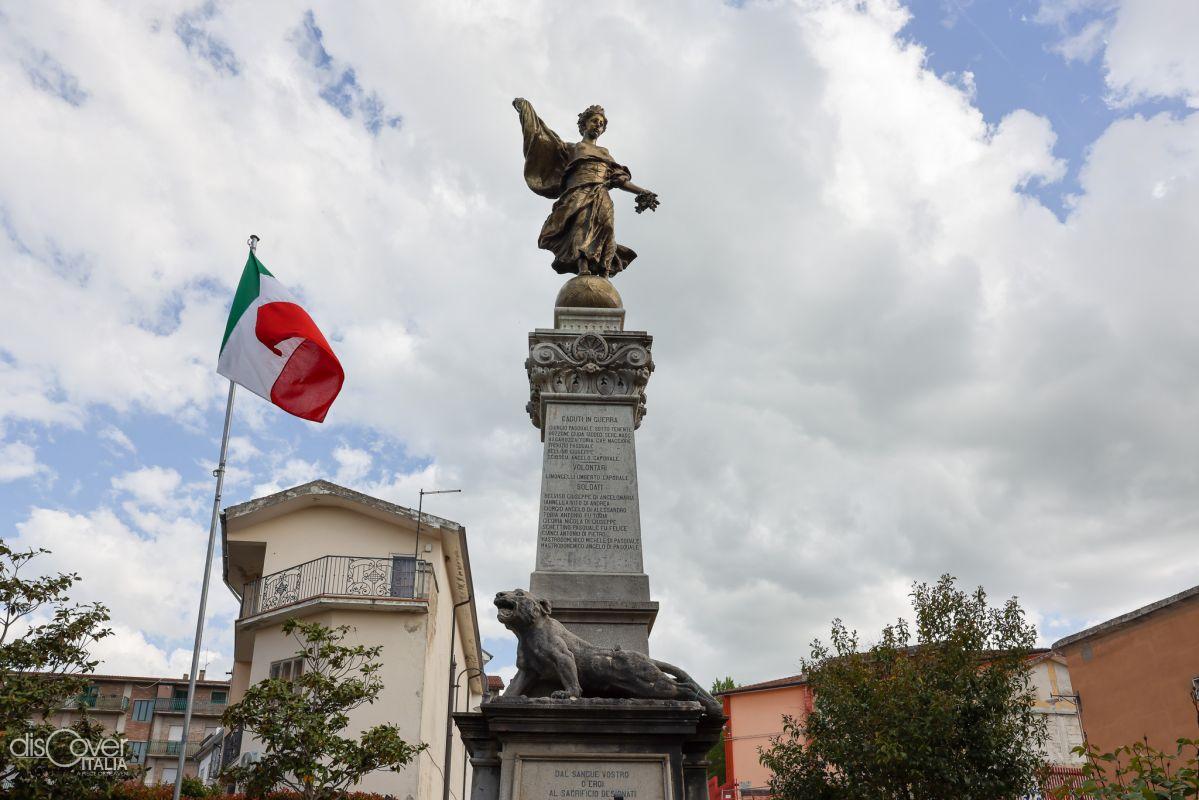
Outside the village there is the church of the Incoronata from 1767, in the Piana di Campo, and the church of Purgatorio, also dedicated to Sant'Antonio, from the early 19th century, on the road connecting to Conza.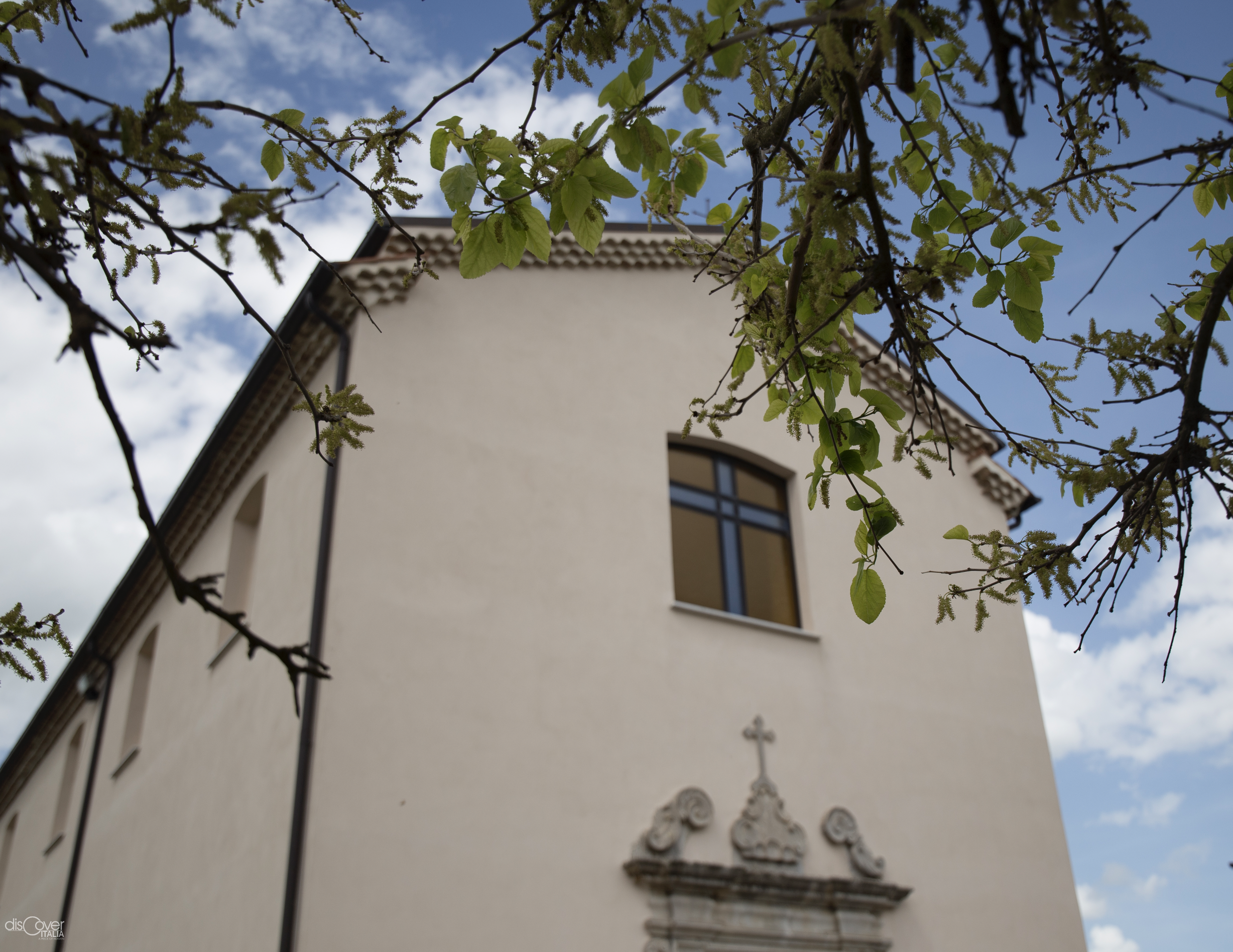
 At the entrance to the town, a careful project has recovered the structure of the Brick Factory, which had long represented a pillar of the local economy. Damaged by the earthquake and abandoned, it was acquired by the public and hosts a multi-purpose centre serving the community.
At the entrance to the town, a careful project has recovered the structure of the Brick Factory, which had long represented a pillar of the local economy. Damaged by the earthquake and abandoned, it was acquired by the public and hosts a multi-purpose centre serving the community.
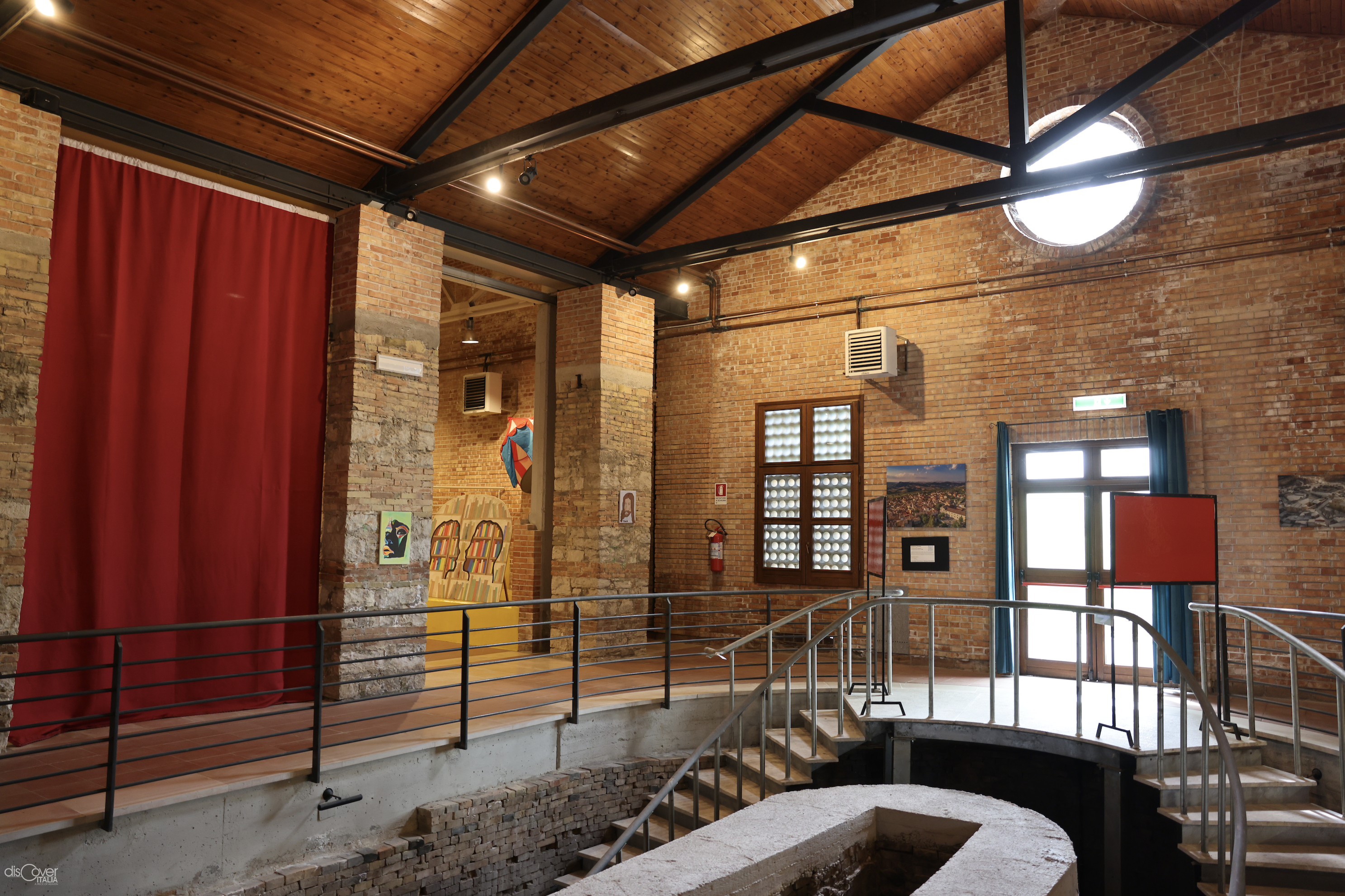
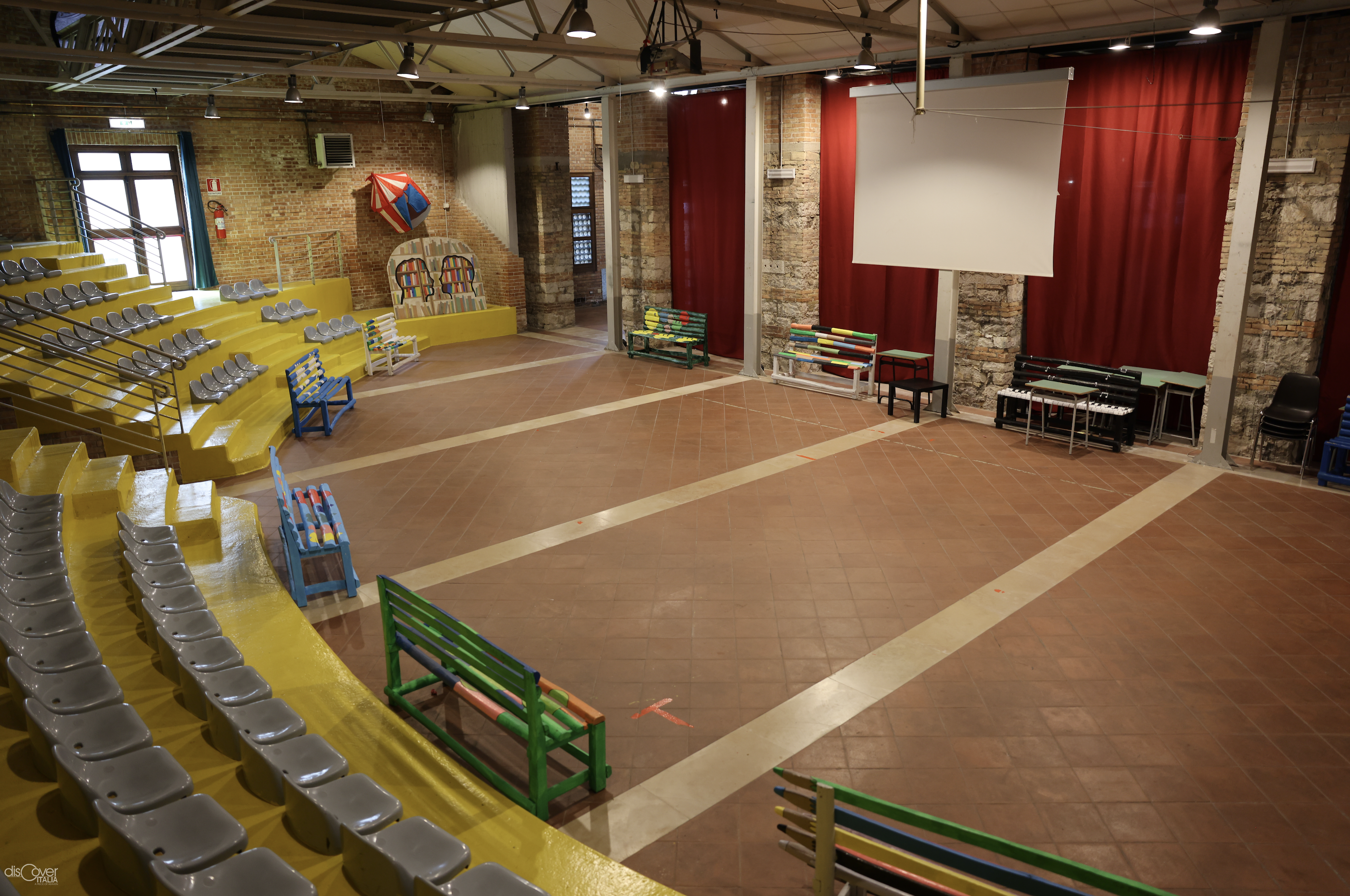
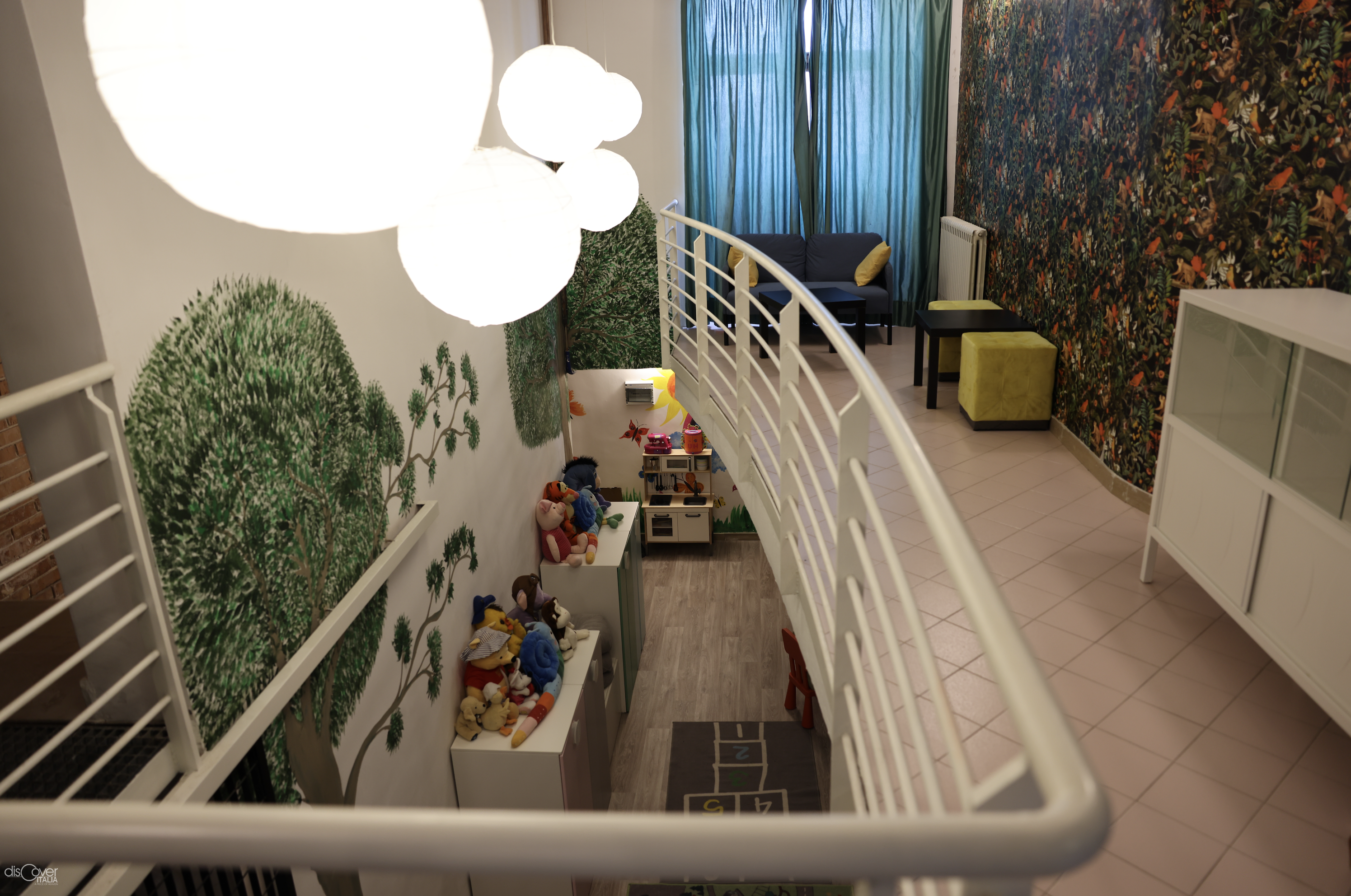
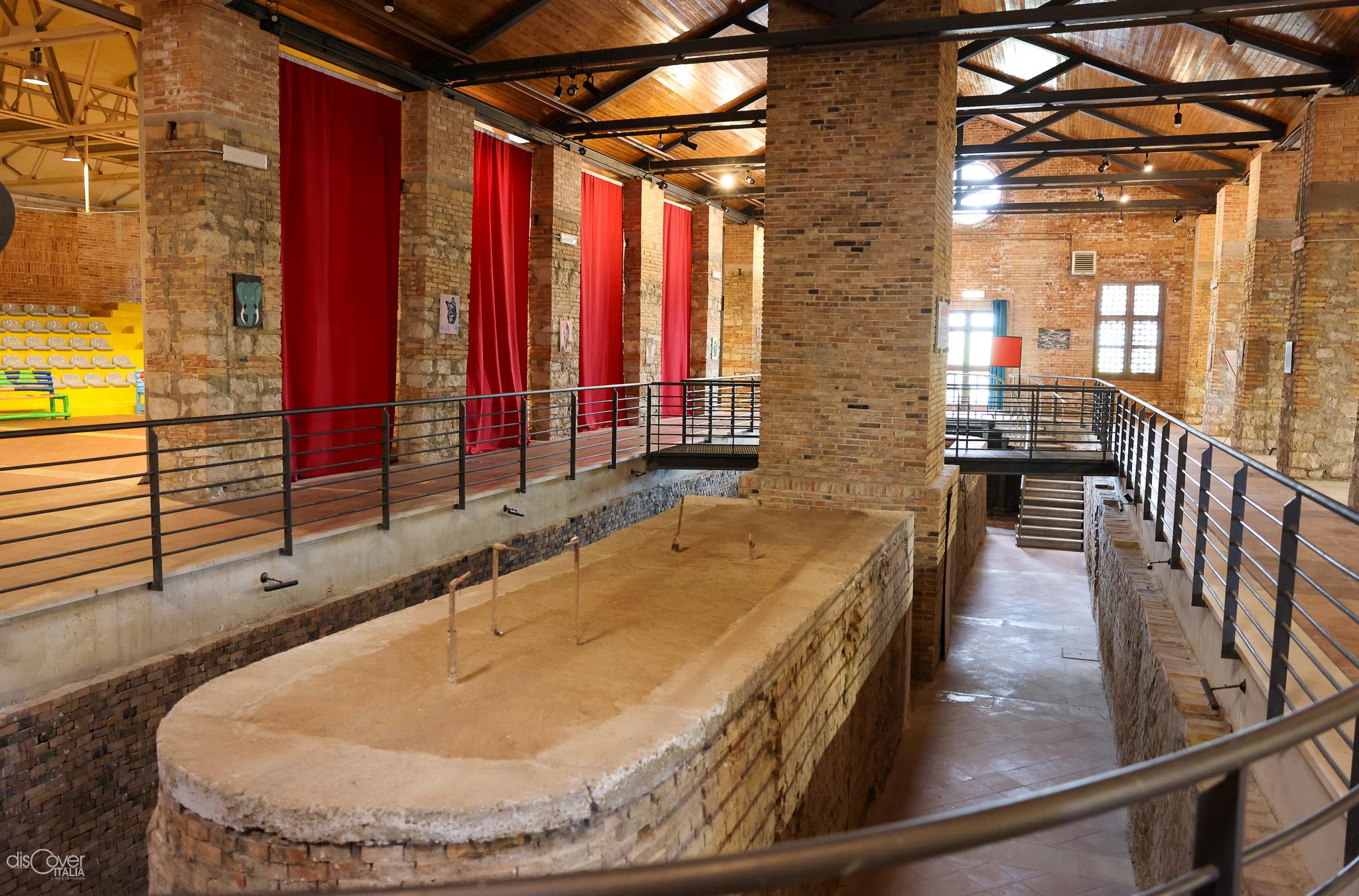 ©Copyright Foto e Testi Discover Campania
©Copyright Foto e Testi Discover Campania




Comments powered by CComment